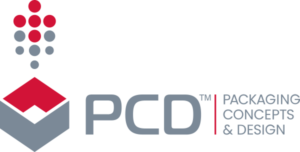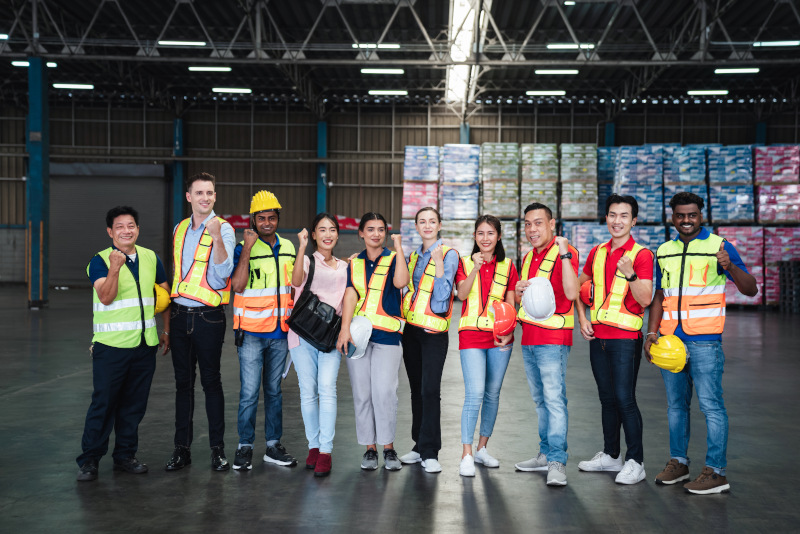Ongoing tensions between the U.S. and China have led many companies to move their factories to Mexico. And the onset of the COVID-19 pandemic only accelerated this trend, as companies seek to mitigate risks associated with global supply chain disruptions and reduce dependence on distant manufacturing hubs like China.
This phenomenon is called “nearshoring” and is the opposite of the traditional practice of “offshoring.” It involves companies gradually shifting some production to countries near their markets within similar time zones in order to minimize supply chain disruptions.
Nearshoring has the potential to boost the growth of Mexican manufacturing exports to the U.S., from $455 billion today to an estimated $609 billion in the next five years. So while tremendous potential exists, manufacturers considering a move to Mexico should ensure their nearshoring strategies have been meticulously planned. Otherwise, it could result in increased costs and complications, outweighing any potential benefits.
Here are 6 things to consider before moving your operations to Mexico:
- Regulatory and Compliance: Navigating the regulatory landscape in a new market is essential to avoid potential legal issues and compliance challenges. Manufacturers should familiarize themselves with Mexican labor laws, tax regulations and environmental standards. Partnering with legal experts and consulting firms with expertise in Mexican business practices can provide invaluable guidance in ensuring compliance with local regulations.
- Risk Management and Contingency Planning: While nearshoring offers various benefits, it also entails inherent risks such as geopolitical instability, natural disasters, and supply chain reconfiguration . Manufacturers should develop robust risk management strategies and contingency plans to mitigate potential threats to their operations. Diversifying supplier networks, securing alternate transportation routes and investing in insurance coverage can help minimize the impact of unforeseen events.
- Labor Force and Talent Pool: Mexico boasts a large and skilled labor force, making it an appealing destination for manufacturing operations. However, companies should evaluate the availability of specific skill sets required for their production processes. Investing in workforce training programs or partnering with local educational institutions can help bridge any skills gap and ensure a productive workforce.
- Infrastructure and Technology: Assessing the infrastructure capabilities of potential manufacturing locations in Mexico is crucial for uninterrupted operations. Evaluating factors such as transportation networks, access to utilities and technological infrastructure will help determine the suitability of a location for manufacturing activities. Additionally, integrating advanced technologies such as automation and digitalization can enhance productivity and competitiveness in the Mexican market.
- Supply Chain Optimization: One of the primary motivations behind nearshoring is to streamline supply chains and reduce lead times. Before making the move, manufacturers should assess their supply chain networks thoroughly. Understanding the flow of materials, transportation costs and logistical challenges will help in designing an optimized supply chain strategy tailored to Mexico’s geographical proximity.
- Packaging Design: Packaging is the backbone of the supply chain flow, meaning if it is inefficient, the entire operation is compromised. Therefore, manufacturers must be ready to introduce a new packaging system before moving their operations to Mexico.
This involves strategies such as “cubing utilization” to maximize space utilization; integrating new packaging materials to improve your bottom line; minimizing damage and packaging inefficiencies; and collaborating with packaging design engineers to craft a tailored packaging solution. That means considering all aspects of the supply chain, providing unbiased recommendations and testing the design before implementation.
Nearshoring manufacturing operations to Mexico can offer significant advantages in terms of cost savings, agility, and market responsiveness. However, thorough planning and careful consideration of the factors outlined above are essential for a successful nearshoring initiative. By addressing these considerations proactively, manufacturers can position themselves for long-term success and sustainable growth in the dynamic landscape of global manufacturing.
To implement a streamlined, fully customized packaging system and reduce your total landed costs, PCD is here to help. We specialize in innovative, custom packaging design and have experience working with manufacturers across several industry sectors. Our North American footprint means we’re able to assist you wherever you are… Mexico, Canada or the United States. Feel free to reach out with any questions – we’re here to help. contact us!

